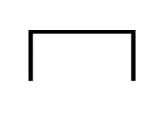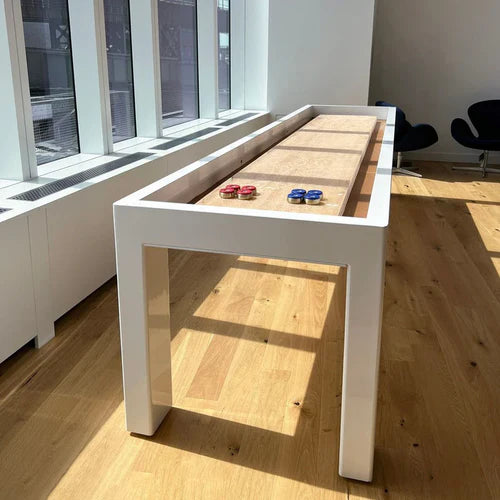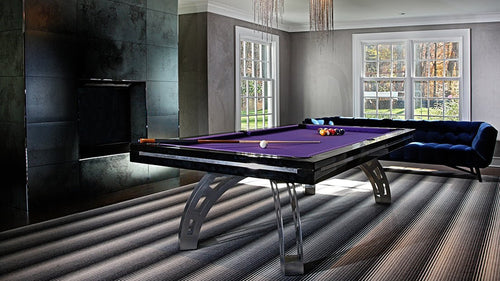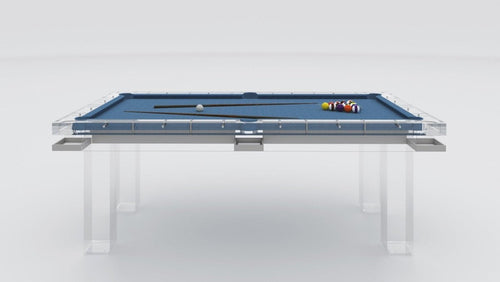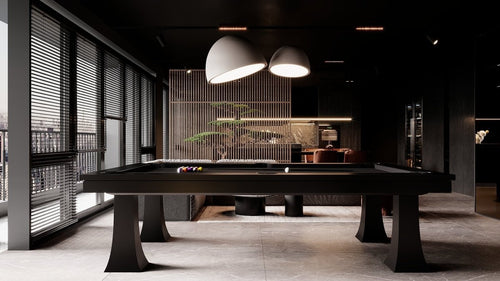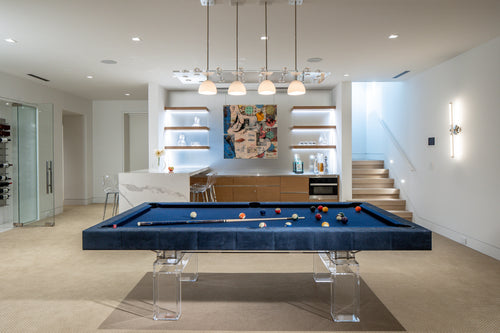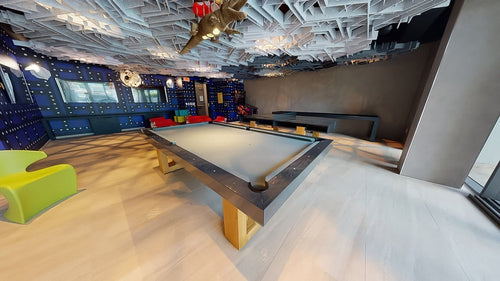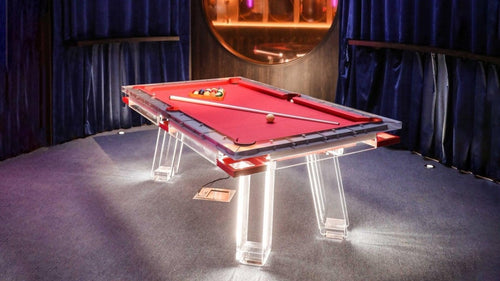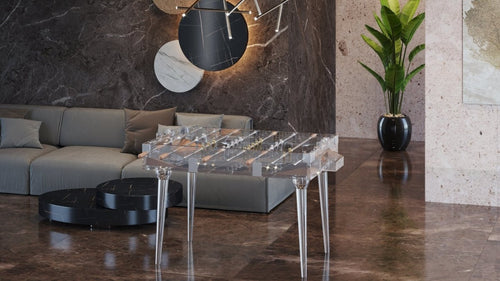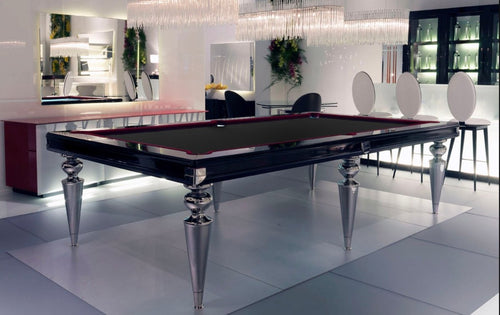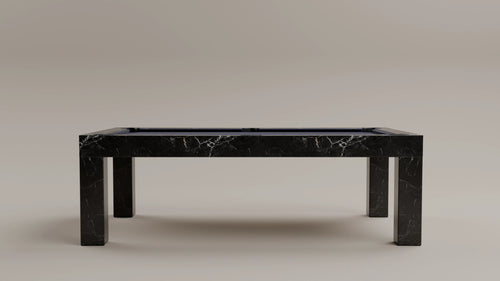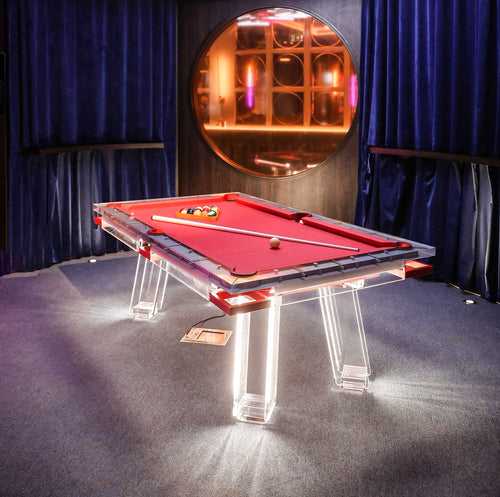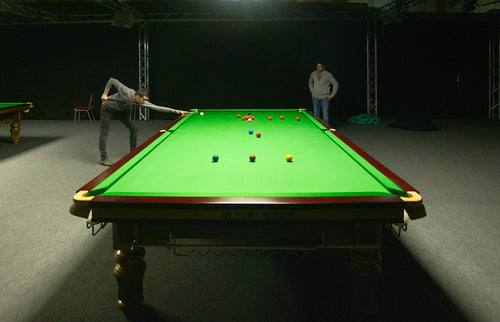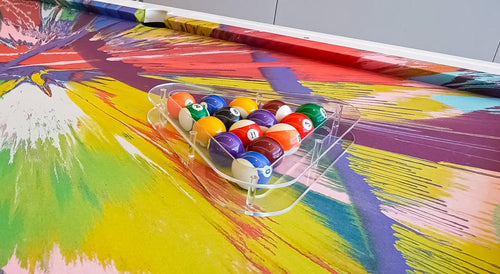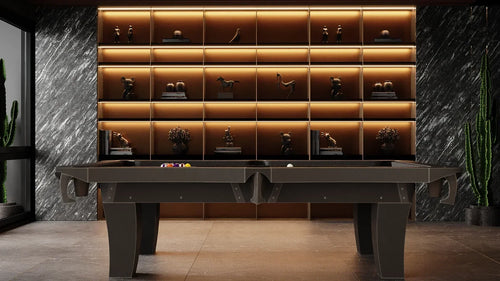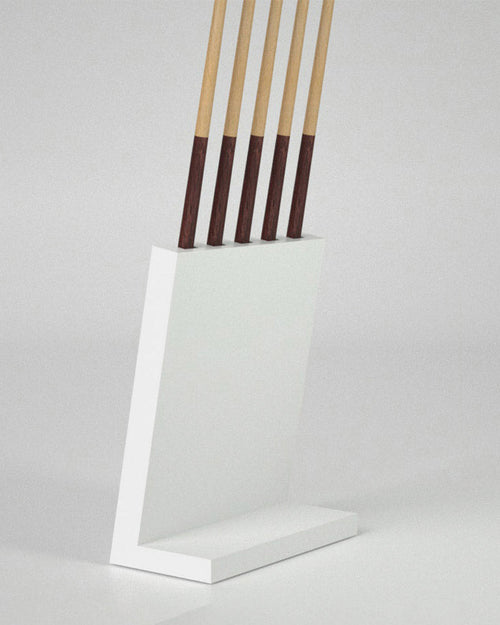Enjoy our modern designs
Picking the right Shuffleboard table wax (often called “powder” or “sand”) is crucial for a smooth, accurate game. Shuffleboard “wax” comes in different speeds, and each variety can drastically change how the puck glides on the table. Below, you’ll learn about popular speed powders, the difference between T- and R-series, and how to choose the right product for your setup.
Why Does Shuffleboard Powder Matter?
Shuffleboard powder reduces friction on the table’s surface, letting pucks glide effortlessly. The right powder:
- Protects your table from wear and tear.
- Improves consistency and shot accuracy.
- Adjusts game speed to fit your preference.
Understanding the Different Speeds
Many powders are labeled with “T” or “R” prefixes, followed by a number (e.g., T0, T1, T2, R1, R2, R3). The lower the number, the slower the speed; higher numbers generally mean faster, slicker play. You’ll also see terms like “White Lightning” or “Ultra-Glide” that refer to specific product lines or additives.
Common T-Series vs. R-Series Differences
- T-Series (Brown): Usually offers a broad range of speeds (T0 being slower, T5 ultra-fast). Good for players who like a steady progression of speeds as they improve.
- R-Series (Yellow): Similar concept but uses different materials or color coding. R1 is often slower, while R4 is the fastest in that lineup.
- White Lightning Speed Regulator: Sometimes included in these powders to help balance speed and control. Commonly used in tournaments.
Which Speed Is Right for You?
- Table Length: Shorter tables (like 9–12 ft) typically benefit from slightly slower powders (e.g., T0 or R1), allowing pucks to stay controlled. Longer tables (14–22 ft) often need a faster speed (T3, T4, T5) for the puck to reach the far end consistently.
- Skill Level: Beginners may prefer slower wax to keep the puck from flying off. Advanced players often enjoy faster speeds for more challenging, dynamic gameplay.
- Personal Preference: If you like a quick game, go higher in the T or R series. If you want precision and control, pick a lower or mid-range speed powder.
How to Apply Shuffleboard Powder Correctly
- Clean the Table: Vacuum or wipe off old powder and debris. Make sure the surface is dry.
- Wax Base (Optional): Some players use a silicone spray or shuffleboard-specific liquid wax before sprinkling powder. Follow the product instructions carefully.
- Sprinkle Evenly: Hold the can or container about 6 inches above the table and spread a consistent layer across the entire surface.
- Test Your Slide: Try a few shots. If the table feels too slow, add a bit more powder. If it’s too fast, gently remove excess with a soft cloth or vacuum.
Maintenance for Best Results
- Regular Cleaning: After each session, remove leftover wax and wipe the surface lightly.
- Periodic Recoating: Once a month (or more often with heavy use), do a deeper cleaning with shuffleboard cleaner, reapply liquid wax, then top it off with fresh powder.
- Avoid Clumping: Store powders in a cool, dry place. High humidity can cause clumping and inconsistent performance.
Common Mistakes to Avoid
- Using Household Products: Non-shuffleboard waxes or generic silicone sprays can damage the finish or make the table too slick.
- Overloading Powder: Too much powder leads to erratic shots and wasted product. Always start with less and add more if needed.
- Ignoring Table Condition: Scratches or uneven surfaces become more obvious with faster powders. Repair and level your table regularly.
Frequently Asked Questions
Q: Can I mix T-series and R-series powder?
A: Yes. Some players experiment to achieve a custom speed, but be sure to test in small amounts first.
Q: How often do I need to reapply powder?
A: Generally, before each new session or match. Heavy use may require reapplication during play if the surface gets patchy.
Q: Is liquid shuffleboard wax necessary?
A: It’s optional, but helps protect your table and keep it slick. Many pros use a base wax plus powder on top for consistent speed.
Q: Do I really need to store powder properly?
A: Yes. Moisture ruins shuffleboard powder. Keep it sealed and away from extreme temperature changes.
Q: What if the puck still moves too fast?
A: Reduce powder usage, switch to a slower speed powder, or consider a silicone spray that adds a bit more friction.
Final Thoughts
Choosing the right shuffleboard powder comes down to table length, personal preference, and desired speed. T-series and R-series powders both offer a range of slow to fast speeds; match them to your skill level and playing style. Clean your table regularly, store powders correctly, and experiment until you find the perfect balance of speed and control. Happy shuffling, beans!

